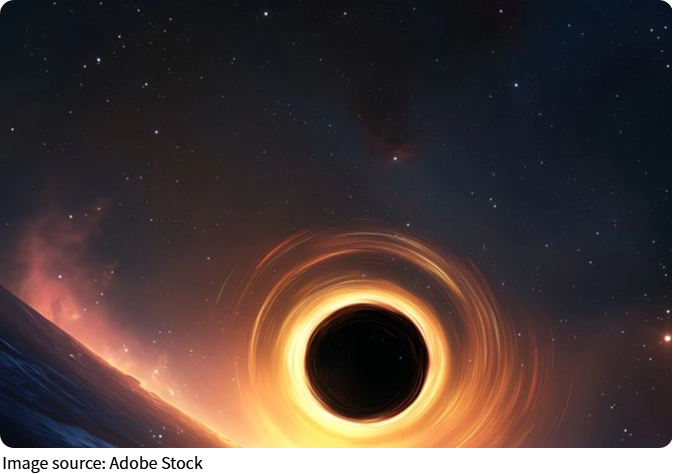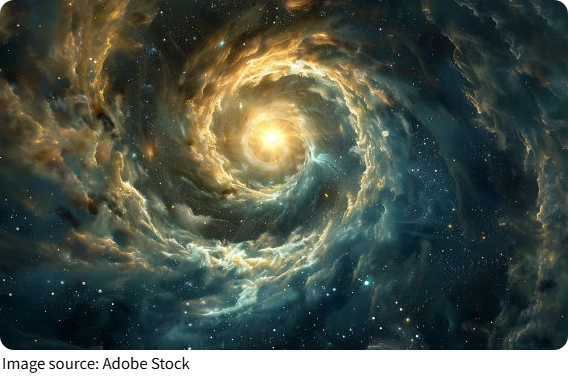Dark Matter and Dark Energy

Have you ever looked up at the night sky and wondered what the universe is really made of?
Beyond the stars, planets, and galaxies we see, there lurk mysterious forces that shape the cosmos on a grand scale—forces so elusive that scientists can't detect them directly with any telescope.
These are dark matter and dark energy, two invisible entities that dominate the universe, yet remain among its greatest mysteries. Understanding these unseen components reveals how they hold the cosmic web together and push it ever outward, influencing the past, present, and future of everything we know.
What Is Dark Matter? The Cosmic Scaffold
Dark matter is a form of matter that, unlike ordinary matter, does not emit, absorb, or reflect light, making it invisible to all electromagnetic observations. Yet, we know it's there by the gravitational effects it exerts:
• Galaxies spin at speeds that should tear them apart if only visible matter were present. The unseen mass of dark matter acts like a hidden scaffold, whose gravity holds stars and gas clouds tightly together.
• On even larger scales, clusters of galaxies remain bound, and gravitational lensing—the bending of light from distant objects—is stronger than visible mass alone can explain. Dark matter's gravity causes this lensing effect.
• Scientists estimate that nearly 27% of the universe's total mass and energy is dark matter, vastly outweighing the 5% made up of stars, planets, and everything we can see.
Dark matter is thought to form large clumps or halos in which visible galaxies are embedded. After the Big Explosion, it aggregated along filament-like structures, creating a "cosmic web" where matter clumped and galaxies were born.
Despite its importance, dark matter remains unseen directly. It interacts predominantly through gravity and perhaps weakly through other forces, leading scientists to explore candidates like WIMPs (Weakly Interacting Massive Particles) or axions, though none have been confirmed so far.
What Is Dark Energy? The Mysterious Force of Expansion
While dark matter pulls things together, dark energy does the opposite—it is a strange form of energy that drives the universe's expansion to speed up rather than slow down.
• In the late 1990s, astronomers observed distant supernovae that appeared dimmer than expected, revealing that galaxies are moving away from each other faster over time.
• This discovery pointed to a repulsive force pervading space, making up roughly 68% of the universe's mass-energy content.
• Dark energy behaves like a kind of "anti-gravity," pushing galaxies apart and causing the fabric of space itself to stretch at an ever-accelerating rate.
Several theories attempt to explain dark energy:
1. The cosmological constant—an unchanging energy inherent to space itself, evenly filling the universe.
2. Dynamic fields like quintessence that vary in intensity over time and space.
3. Other exotic explanations involve modifications to gravity or new fundamental forces.
Despite these ideas, dark energy's exact nature remains an open question. It's incredibly diffuse, with a density far lower than ordinary matter but dominating the cosmos simply because it fills all of space uniformly.
How Do Dark Matter and Dark Energy Shape the Universe?
Together, dark matter and dark energy govern the large-scale fate and structure of the universe:
1. Dark Matter's Role:
It acts as the cosmic glue, enabling galaxies and clusters to form and hold together. Without dark matter, galaxies like our Milky Way wouldn't have enough gravity to stay intact.
2. Dark Energy's Influence:
It controls the ultimate destiny of the cosmos by accelerating expansion. This acceleration affects how galaxies move apart and how cosmic structures evolve over billions of years.
3. The Balance:
In the early universe, gravity from matter (including dark matter) slowed expansion, allowing structures to grow. But about 5 billion years ago, dark energy's push gained dominance, causing the universe's expansion rate to speed up.
Why Is This Important to Us?
Dark matter and dark energy aren't just cosmic curiosities — understanding them is key to unlocking the universe's deepest secrets:
• They challenge our understanding of physics beyond the standard model, inspiring new ideas in particle physics and cosmology.
• How dark energy behaves could determine if the universe will expand forever, slow, or even collapse someday.
• Probing these mysteries pushes the limits of technology and scientific collaboration globally, with major projects like the Dark Energy Survey and large underground detectors searching for dark matter particles.

Think About the Invisible Universe
When you look up at the night sky, you’re seeing only a small fraction of what’s really out there. Dark matter forms an unseen framework for galaxies, while dark energy drives the universe’s relentless expansion. Though invisible, these forces shape everything we know—and much we have yet to discover.
This article draws on cutting-edge research from NASA, the European Space Agency, the University of Chicago, and other leading institutions to explore their roles in the cosmos. Ready to uncover how scientists study what can’t be seen and the groundbreaking experiments revealing their secrets?

 · Astronomy Team
· Astronomy Team